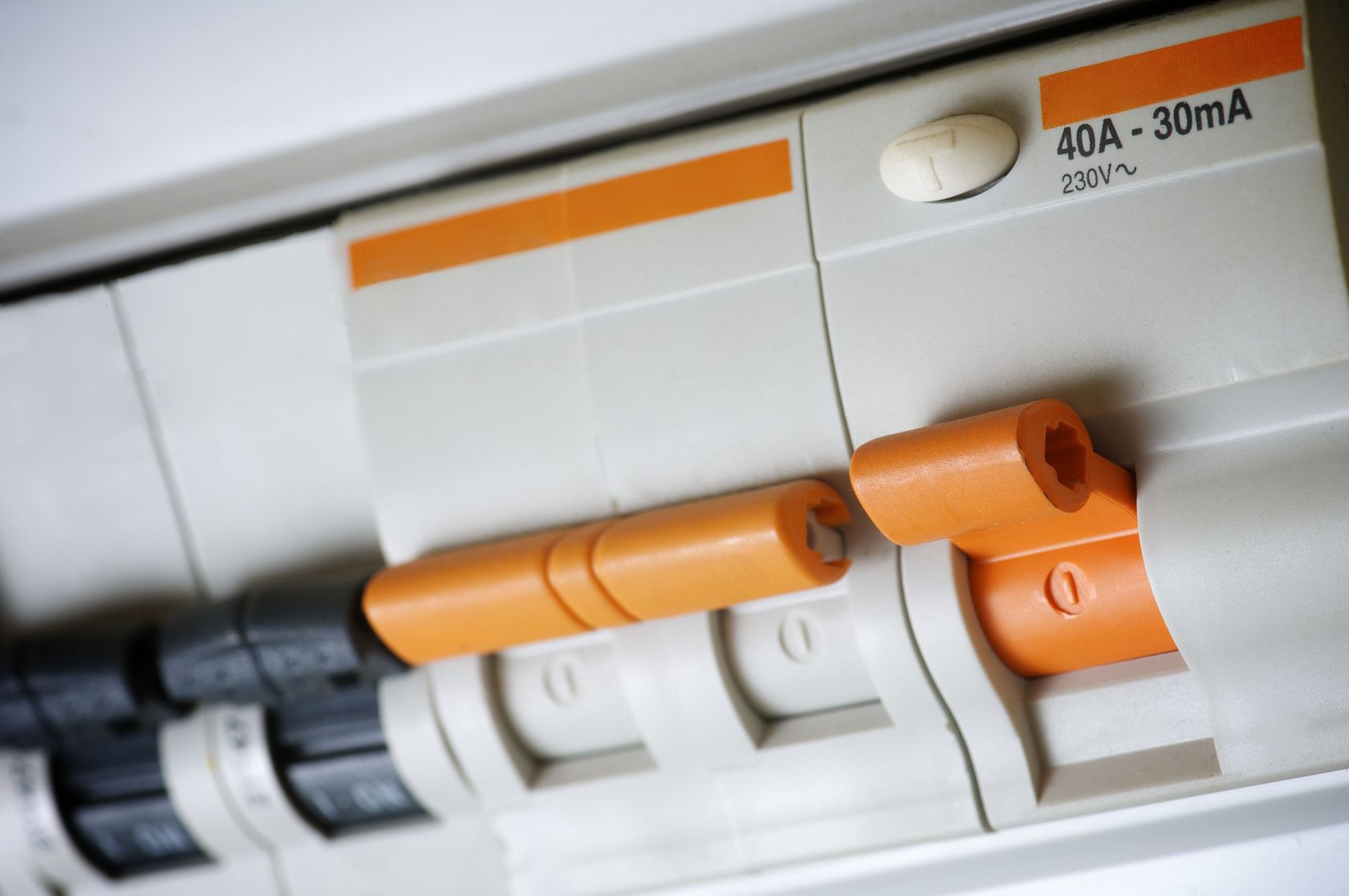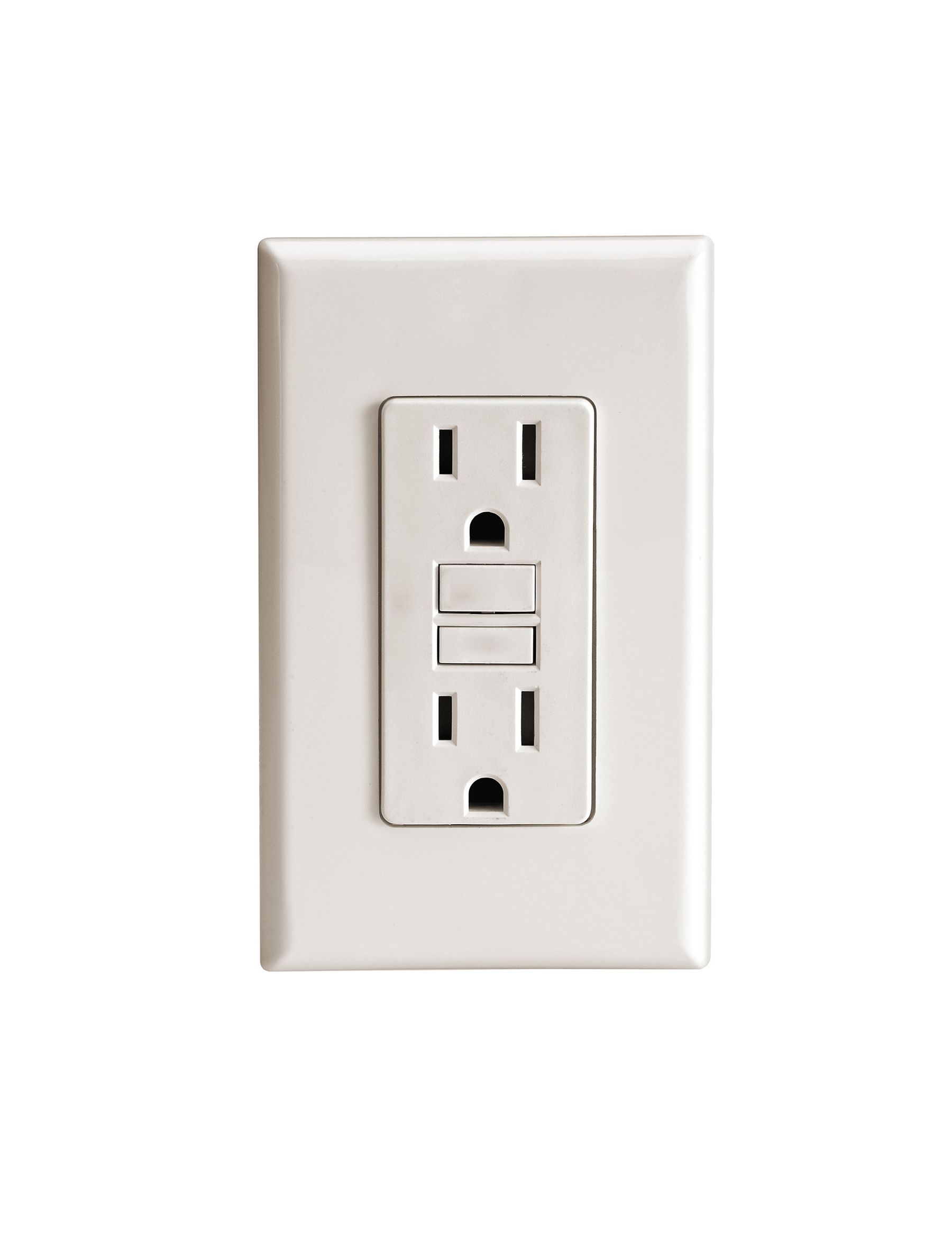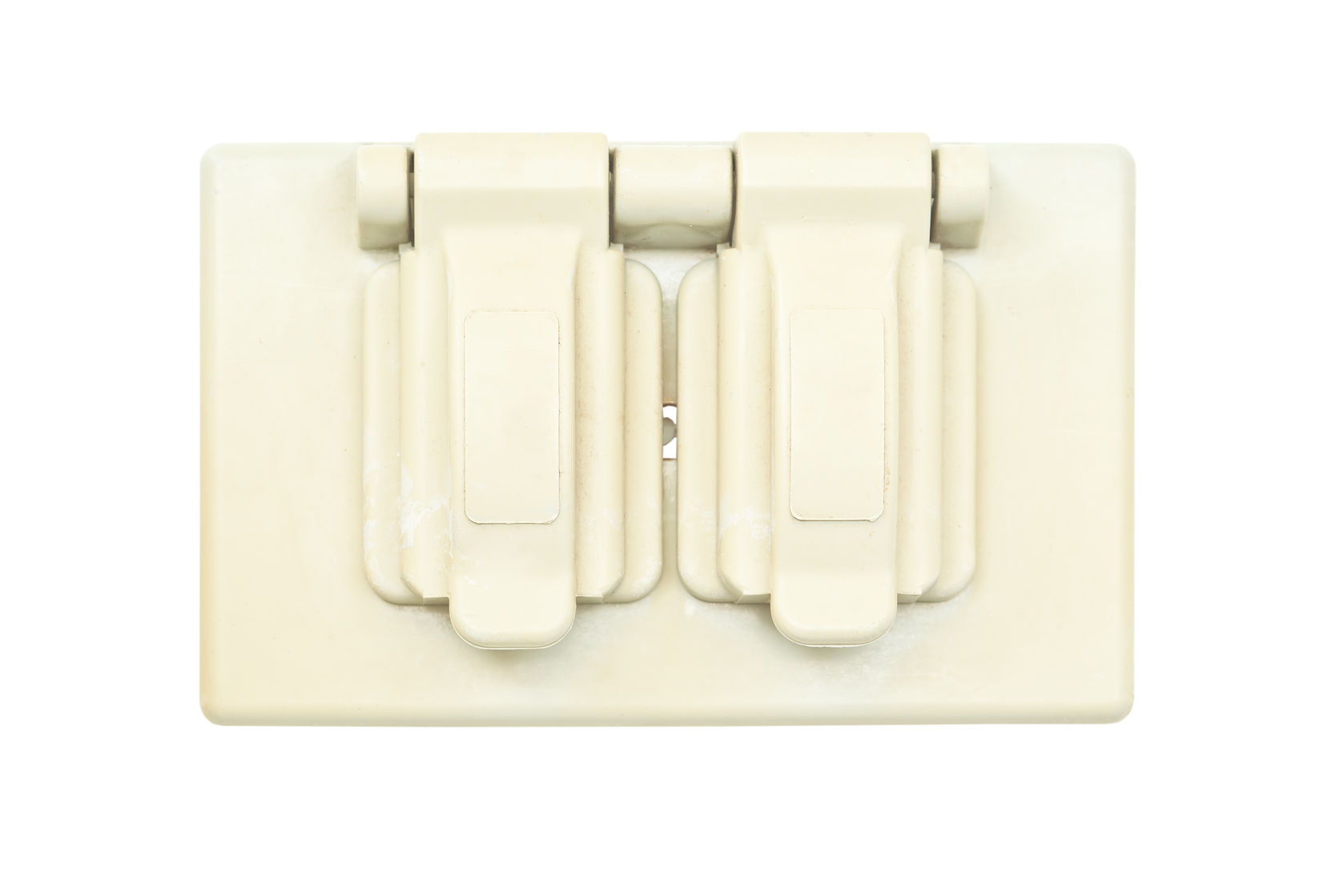Electrical in Your Home
The Master Control Panel
The master control panel contains the electrical breakers for your home. It has a main shut-off breaker that controls all the electrical power to the home. It also has individual breakers that control separate circuits. The master control panel is usually located in the garage of your home.
Each breaker is marked to help you identify which breaker is connected with major appliances, outlets or other service. If an electrical failure occurs in your home, check the breakers in the master control panel.
Breakers

Breakers
Circuit breakers have three positions: on, off and tripped. When a breaker trips, it stops the flow of electricity to everything served by that breaker.
Many times when a circuit breaker trips, it does not go all the way to the Off position. It can be difficult to see in the master control panel. Flip the breaker to the full Off position and then to the On position to check the breaker for loss of power.
When a circuit breaker trips, you must first turn it off before you can turn it on. Switching the breaker directly from tripped to the On position does not restore service.
Breakers Tripping
Overloading a circuit is done by:
- Plugging too many appliances into it
- Using a worn cord or a defective item
- Operating an appliance with too high of a voltage requirement
- Starting an electric motor
- Power surges
If any circuit trips repeatedly, unplug one item at a time connected to it and reset the circuit. If the circuit remains on, the item you unplugged is defective and requires repair or replacement. Continue until you identify the defective item.
If it trips when nothing is connected to it, report the problem to an electrician.
GFCI
A GFCI (Ground Fault Circuit Interrupter) is an indoor circuit breaker. It often looks like a regular outlet with extra buttons – a Test button and a Reset button – and it controls a set of outlets. GFCI receptacles have a built-in element that senses fluctuations in power. (Some outlets connected to a GFCI will look like a regular outlet but they are controlled by a nearby GFCI.)
Where are they?
Building codes require installation of GFCI breakers in areas where an individual can come into contact with water while holding an electrical appliance or tool. This generally includes the kitchen, bathrooms, wet bar, basement, and outside areas such as garage, patio and balcony. Heavy appliances such as freezers or power tools can trip a GFCI breaker.
You should periodically test the Test and Reset buttons:
1. Press the Test button.
2. Press the Reset button to regain service.
Refer to the Seasonal Maintenance Checklists in your New Home Care and Maintenance Guide for details on how often to test the GFCI outlets in your home.
Remember that each GFCI breaker probably services several outlets.
GFCI


Warning: Do not plug a refrigerator or food freezer into a GFCI-controlled outlet. These often cause the GFCI outlet to trip, shutting off power to your appliance.
AFCI
An AFCI (Arc-Fault Circuit Interrupter) is another type of circuit breaker built into your home's electrical system. Where a GFCI is designed to protect against electrical shock, the AFCI is designed to prevent fires by detecting arc faults (sparks) on your home's electrical system.
When the AFCI detects an arc fault, it will automatically trip the breaker. The AFCIs installed in your home are very sensitive. Some of the common items to trip an AFCI include vacuum cleaners, treadmills and other home exercise equipment.
Like the GFCI, and AFCI breaker located in your home's Master Control Panel has a test button. You should test this circuit breaker periodically just like testing a GFCI. Refer to the Seasonal Maintenance Checklists in your New Home Care and Maintenance Guide for details on how often to test the AFCI outlets in your home.
David Weekley Homes does not represent that the AFCIs in your home will prevent all electrical fires. As a Homeowner, you should purchase insurance to cover your belongings in the event of a fire.
Exterior Outlets Not Working

Exterior Outlets Not Working
In most cases, all of the outside outlets are GFCI-controlled through a reset switch in the garage. Water in the form of rain, sprinkler systems, and high humidity can trip these safety devices. Look for a GFCI reset button that has tripped and push in to reset.
Air Conditioning or Heating Not Working
Most David Weekley homes have a switch in the attic that controls the fan motor of your HVAC (heating and air conditioning) system. Normally it can be found on a roofing brace near the HVAC equipment. Make sure that this switch has not been inadvertently turned off during a trip to the attic. (If your air conditioning unit is located in a closet inside the home, this switch will be located in the same closet.)
Recessed Can Lighting Fixtures
Recessed lighting fixtures have a thermal cut-off switch wired internally. If too much heat from the lamp is trapped inside, it shuts off automatically to prevent a hazard. You will get light from these fixtures again when they cool down.
Some homes will only accept pin-based compact fluorescent lights (CFLs). Please check the type needed prior to replacement.
Flickering and Blinking
Flickering lights are most likely due to a temporary drop in voltage. This can be a fairly common occurrence depending on the power company's demand at the time of day. It may be more noticeable in certain neighborhoods. It can also be caused when a large appliance, such as a refrigerator or air conditioning unit cycles on.




